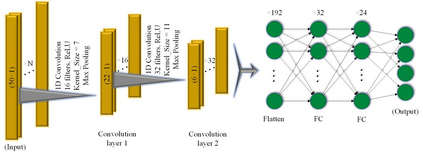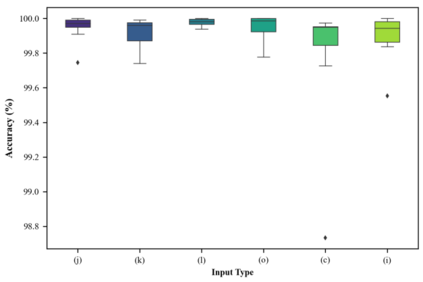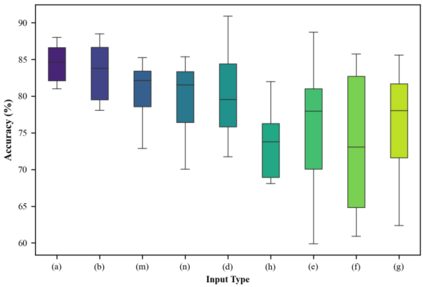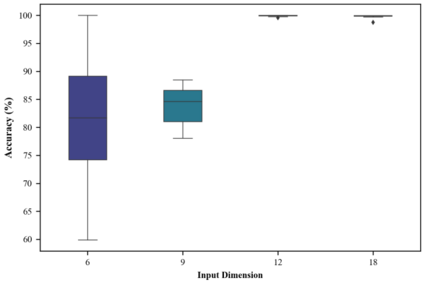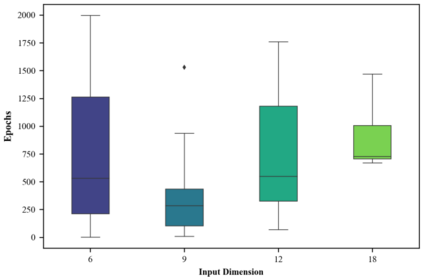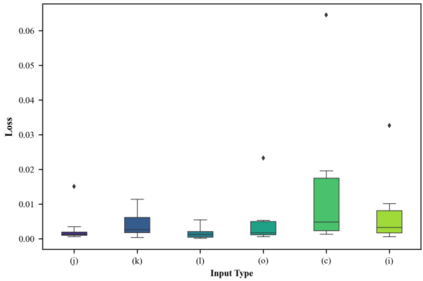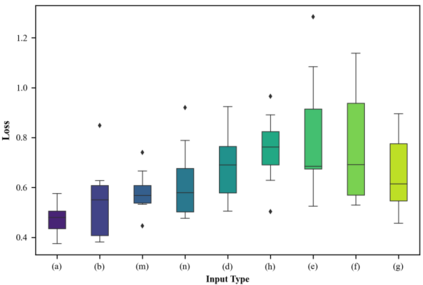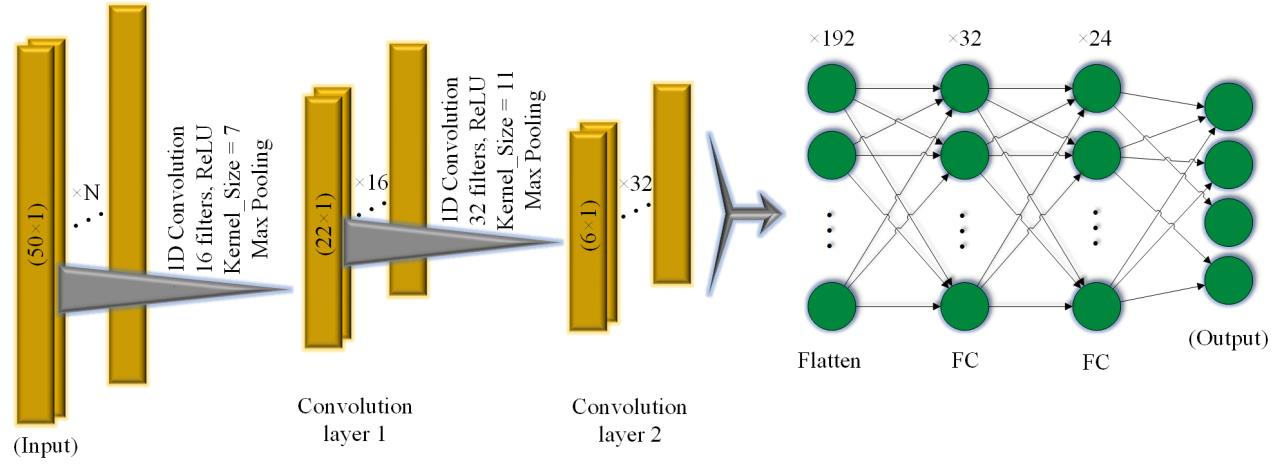Human Activity Recognition (HAR) is one of the essential building blocks of so many applications like security, monitoring, the internet of things and human-robot interaction. The research community has developed various methodologies to detect human activity based on various input types. However, most of the research in the field has been focused on applications other than human-in-the-centre applications. This paper focused on optimising the input signals to maximise the HAR performance from wearable sensors. A model based on Convolutional Neural Networks (CNN) has been proposed and trained on different signal combinations of three Inertial Measurement Units (IMU) that exhibit the movements of the dominant hand, leg and chest of the subject. The results demonstrate k-fold cross-validation accuracy between 99.77 and 99.98% for signals with the modality of 12 or higher. The performance of lower dimension signals, except signals containing information from both chest and ankle, was far inferior, showing between 73 and 85% accuracy.
翻译:人类活动认识(HAR)是安全、监测、事物互联网和人体-机器人互动等许多应用的基本组成部分之一。研究界已根据各种输入类型开发了各种方法来探测人类活动;然而,该领域的大部分研究侧重于中心内人应用以外的应用;本文件的重点是优化输入信号,使可磨损感应器的正常性能最大化。基于神经神经神经网络(CNN)的模型已经提出,并培训了显示主体主要手、腿和胸部运动的三个惰性测量单位的不同信号组合。结果显示,12个或12个以上信号的交叉校验精确度在99.77%至99.98%之间。低度信号的性能,除了包含胸部和脚踝信息的信号外,低度信号的性能非常差,显示的精确度在73-85%之间。

